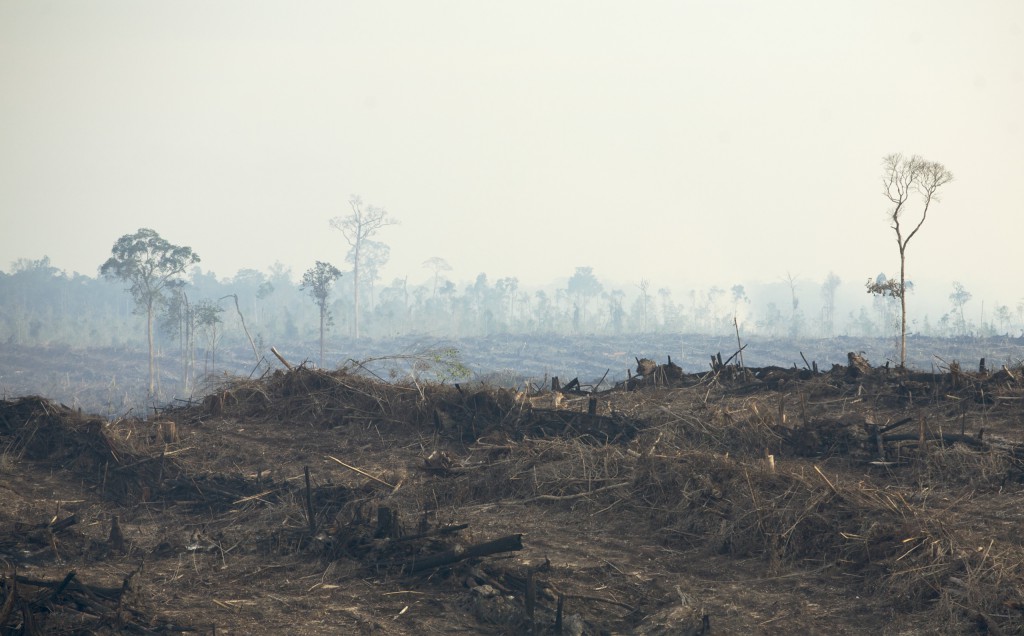A new report published in Environmental Research Letters uses precise satellite imaging to show that the pace of forest clearing in Indonesia steadily increased from 2000-2005. At the end of the team’s study period in 2005, the rate of deforestation had reached 1 million hectares per year, with 70% of that deforestation occurring in Sumatra and Kalimantan.
This is just the latest report to throw its glove into the Indonesian deforestation estimation gauntlet. In a part of the world where concrete facts are notoriously hard to pin down on the ground, and clouds always obscure satellites’ views from the air, there has been much controversy over Indonesian deforestation numbers.
The FAO’s State of the World’s Forests 2009 claims Indonesia has the world’s highest deforestation rate, with 1.87 million hectares lost per year from 2000 – 2009.
Another respected source, Global Forest Watch, a division of the World Resources Institute, reports that the correct number for Indonesian deforestation is 2 million hectares per year.
What is the importance of all this? For forest managers and policy makers, the difference of 2 million compared to 1 million is huge; it is the difference between running out of timber and the forests timber comes from in the next 20 years, or sometime over the next 50 years. For traders interested in producing forest carbon credits, these discrepancies must leave them feeling shaky. If the world can not decide on a ballpark figure for the extent that Indonesia’s forests are being destroyed, how can they expect to accurately establish a national baseline of deforestation to use in their carbon credit accounting?
My take on all this is that accomplishing anything on the macro-level in Indonesia is hard, and the only truth we can be confident in is that the forest is receding fast, forest peoples are suffering, and we need to focus our actions on the ground, at the grassroots, to empower communities to protect their forests from oil palm and timber operations. In the long run it is irrelevant if it is 1 million or 2 million, oil palm and timber are not sustainable in Indonesia, and will raze, destroy, and denude the world’s 3rd largest tropical rainforest within a generation if no one stops them.
David Gilbert is a Research Fellow at RAN. He has worked in the tropical forests of the Amazon and Indonesia, with a special focus on forest conservation and indigenous rights.
